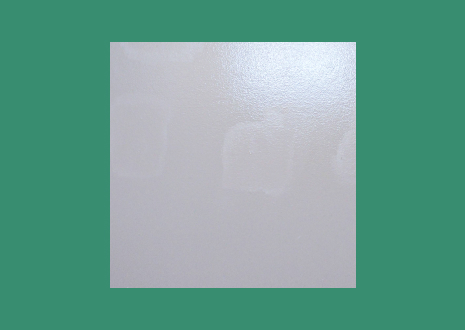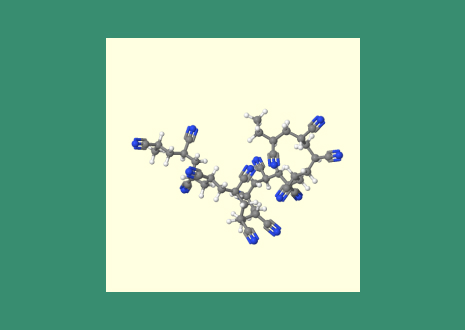Glossary
Fat edge
A fat edge is a term that describes a defect on a painted surface due to improper application. A fat edge is a build-up, or accumulation, of excess paint.
A fat edge is a term that describes a defect on a painted surface (window frame edges) due to improper application. A fat edge is a build-up, or accumulation, of excess paint, often on the borders of a surface, that result in ridges being formed. It can also refer to the area around the edge of a surface that has inadvertently received a second coat of paint that leaves ridges as well.
The most common cause of a fat edge is improper brushwork. Overloading the brush or roller can result in fat edges appearing between brush strokes and not overlapping the brush stocks when painting means these fat edges are not smoothed out.
A fat edge will greatly affect a surface’s appearance when dry and they are time-consuming to fix so should be avoided during application. The easiest way to fix a fat edge on a dry surface is to sand down the area and repaint it.

Gloss is a term that describes how much light can be reflected by a surface-so semi-gloss describes paint or coating that, when dry, has a slight sheen to it. This makes it a great compromise between a matte paint (that produces no sheen) and a gloss paint (that produces a lot of sheen and makes […]

Acrylic is a term that refers to products that contain compounds derived from acrylic acid (for example Polyacrylonitrille and PMMA) is a glassy thermoplastic that can be used in adhesives, paint, fillers and coatings or can be cast and moulded. Acrylics are a collection of materials that pertain to a wide range of uses in […]
Obtain Free,
No-Obligation Quotation